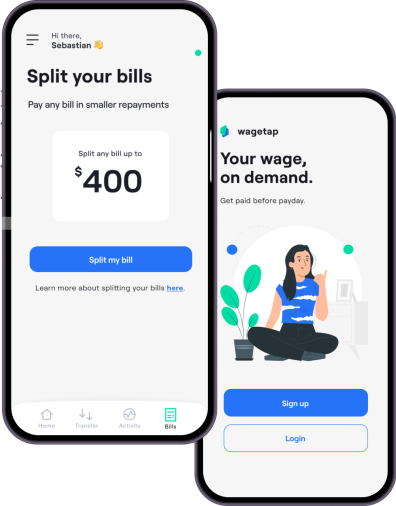Genius Psychological Tricks Stores Use to Make You Spend More

Discover the clever psychological tricks retailers use to influence your spending habits. From strategic store layouts to pricing psychology and sensory manipulation, learn how to shop smarter and avoid falling for these tactics.
Strategies Retailers Use to Boost Your Spending
Retailers employ subtle psychological strategies that lead consumers to spend more money without even knowing it. From store plans carefully made to push customers to high-profit products to strategic pricing that presents products as a deal, these are made intentionally to drive the highest amount of sales. Sensory stimuli like music and lighting further play a role in influencing the purchase by making the shopping experience comfortable and inviting. Yet, by knowing how these tactics work, consumers can shop more consciously, avoid impulse buys, and remain within their budgets. Consciousness is the key to making smart choices and remaining financially prudent.Strategic Store Layouts
Store layouts are planned by retailers to achieve maximum sales by gently leading customers through well-designed routes. Staple products such as milk, bread, and eggs are usually stocked at the rear of the store, forcing customers to pass by many other products on the way. This makes impulse buying more likely, as customers are enticed by well-placed snacks, drinks, and seasonal offers. Also, high-margin items are displayed at eye level, which becomes the immediate choice in front of consumers. On the other hand, cheaper or generic versions are stored on lower or higher shelves, where additional effort is needed to reach. Such a system promotes impulse buying and directs customers towards more lucrative options.The Power of Pricing Psychology

Sensory Manipulation
Shoppers are carefully planned store environments designed to maximize the shopping experience and subtly manipulate spending habits through sensory manipulation. Warm colour schemes and soft lighting make for a friendly atmosphere, and upbeat or slow-tempo music is carefully selected to either get shoppers moving or to get them to linger. Pleasant odours, like freshly baked bread at supermarkets or floral scents in clothing stores, evoke emotional responses and make buying more likely. Even temperature becomes a factor—slightly chilled temperatures in department stores can keep consumers alert and active, whereas warmer temperatures at restaurants relax the customer to stay longer and order additional items. These deliberately designed sensory stimuli prompt consumers to linger and spend more without even knowing it.The Scarcity Effect
Stores use the scarcity effect to induce urgency and impulse buying. Flash sales, limited-time offers, and countdown timers induce the perception that customers need to act fast or lose out on a bargain. Phrases such as "Only a few left! " or "Selling out fast! " create the fear of missing out (FOMO), compelling customers to purchase instantly lest they lose out on the offer. Even online retailers employ strategies such as showing the number of individuals who are currently looking at a product in real time to foster competition and demand.pushBy making items appear scarce, sellers take advantage of human nature, causing faster buying decisions and discouraging buyers from changing their minds.Psychological Tricks at the Checkout

Loyalty Programs and Discounts
Loyalty programs are intended to bring customers back through the promise of points, discounts, or special benefits for their purchases. The promise of future rewards causes consumers to shop repeatedly, usually resulting in spending more than initially planned. In the same vein, offers such as "spend $100 and receive $20 off" give the perception of saving while actually inducing increased spending. Consumers can place unnecessary items in their shopping carts simply to meet the minimum threshold, with the retailer gaining more than the consumer. Such strategies take advantage of the need for savings and exclusivity, leading consumers to believe they are making a good bargain while incrementally raising their total expenditure.The Illusion of Savings

Use A Wage Advance When Shopping
Retailers use a range of psychological strategies to get consumers to spend more, usually without them even knowing it. From store designs that are intended to trigger impulse buying to pricing and sensory manipulation, these subtle techniques are extremely effective at boosting sales. Scarcity strategies and limited-time offers create a sense of urgency, and checkout displays and loyalty programs also encourage spending. But knowing these tricks gives consumers the power to make more informed choices, stay out of unnecessary purchases, and remain on budget. By being conscious and shopping carefully, shoppers can manage their own spending and make purchases that really serve their purposes. If you need extra cash for it, though, look no further than Australia’s leading wage advance app, Wagetap, to get your pay early. Check out the App Store or Google Play to learn more about it.For additional help in improving your spending habits, you can always download Wagetap. It is a leading wage advance and bill split app that allows you to access your pay early. Emergencies can always happen and Wagetap can help you handle life's unexpected expenses.
Share this post
Download Wagetap today
Get your Pay On demand with Wagetap
Subscribe to our Newsletter

© 2025 Wagetap All rights reserved
Digital Services Australia V Pty Ltd


